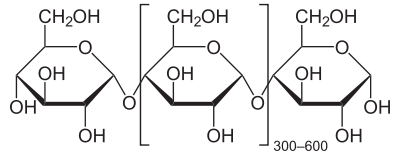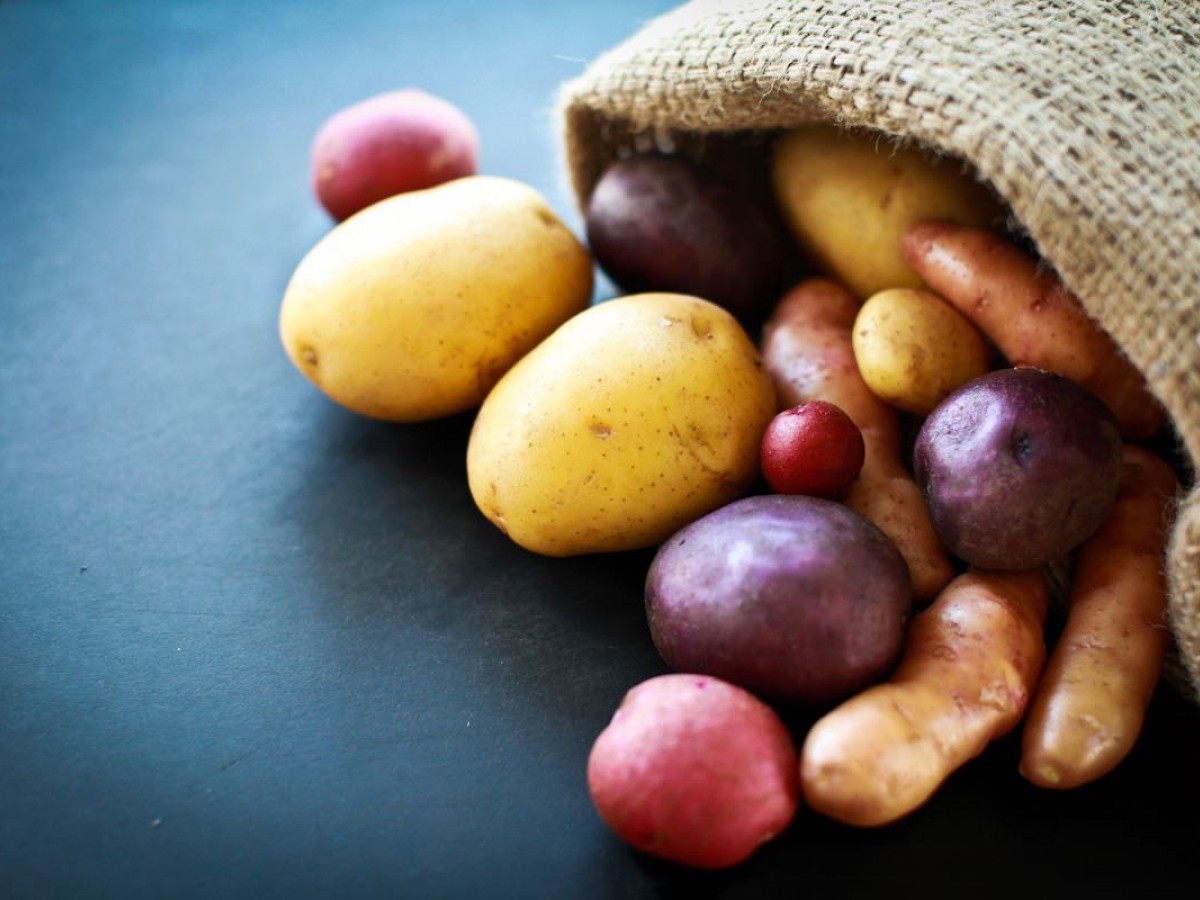How Differences in Starch Affect Your Cooking, Blood Sugar, and Microbiome.
Papa, potatoes, poultry, prunes and prism, are all very good words for the lips. - Charles Dickens
I grew up on potatoes. Maybe it's the Irish in me, or the German: boiled, baked, scalloped, or pit-roasted. We had baked potato bars before there were backed potato bars.
But potatoes have gotten a bad rap lately. In some cases it's justified. Potatoes are starchy, so they can impair weight-loss efforts, especially if you're the least bit insulin resistant. Potatoes are also nightshades, which can cause discomfort in some people. And potatoes in our culture are usually fried—turning them into an extraordinarily inflammatory food.
Taken at face value however, potatoes are not evil. And all potatoes are not the same. There are starchy potatoes and less-starchy potatoes, for example.
So this week I meditated on the merits of starchy vs. less-starchy (or "waxy") potatoes. My ruminations started after I ran across a video on the subject at America's Test Kitchen. The video pointed out that simple russets are about 22-25% starch, while waxy potatoes, such as new potatoes and red potatoes, are only 15-17% starch.
Starch is starch, right?
No. Turns out, there are two kinds of starch: Amylose—a straight-laced, compact and well-behaved little molecule. And Amylopectin—a rambling wild-child with sprawling arms. Waxy potatoes are composed mainly of this second type of starch, amylopectin:

The consequences of amylopectin for cooking are substantial.
The term “waxy” describes the effect amylopectin has on the consistency of these potatoes when cooked, which is creamy, rather than crumbly.
You may have noticed how easy it is to boil starchy russets into oblivion and turn them into fissured or fragmented sacks of mush. New Potatoes, on the other hand, which are waxy and full of amylopectin, seem to just get smoother the longer you boil them.
That's because boiling or braising potatoes causes them to take on water. As the individual potato cells swell with fluid, they develop holes and eventually burst, spilling their starchy guts all over the place. And this makes for a grainy, "blown out" potato. You know it; you've eaten it.
But here's where amylopectin really shines (or "slimes"). Heat changes amylopectin into a waxy glue that pours into the breach and keeps the cells intact—even as they swell—which makes for a pleasant glossy texture that holds together, ideal for a potato salad.
So what about our russets, full of amylose? Any advantages there? Yes.
Amylose is a more "resistant starch". That means it's harder for humans to break down, or digest. That's because it packs together so tightly that it doesn't leave many lose ends exposed for digestive enzymes to work on, as you can see in this illustration:

Why would I want a "resistant starch"?
Because humans are really good at digesting starch. In fact, we're so good at it that starch seldom makes it past the small intestine before it's completely broken down into simple sugars which we immediately absorb. That's energy for us all right, but it doesn't leave anything for the hungry mouths further downstream—the teaming masses of our gut microbiome.
But resistant starch does make it farther down the GI tract—all the way to the large intestine, where it becomes good fuel for your good bugs. (Some people even consider resistant starch to be a third type of dietary fiber, as it appears to deliver some of the benefits of soluable and insoluble fiber.)
Think of it this way. You're like an expectant mother, always eating for two (or two zillion). You eat once for you and once again for your microbiome. If all you do is eat sugar and easy starch, then all you feed is you. You're microbiome starves. And this can have disastrous health consequences that we are only just beginning to understand, from obesity to asthma to autoimmune disease. That's why you want to choose whole foods with higher fiber content and resistant starch to feed your far-flung empire of friends. This is called prebiotic food, because it is a prerequisite for bugs. (As opposed to probiotics which are bugs).
So which is better for you, waxy or starchy potatoes? Answer: both. Starchy potatoes have more resistant starch to feed your microbiome. While waxy potatoes have less overall starch and therefore a lower Glycemic Load (less impact on your blood sugar):
- New potatoes have a moderate glycemic load of 13.
- Russets have a high glycemic load of 26.
After considering this for a moment, I would say the best way to avoid pickling yourself in brine-level blood sugars and to simultaneously feed your microbiome, is not to strictly avoid this or that whole food, but to eat a varied diet. Eat your taters, all your taters, but don't camp on them.
Once again, food complexity makes eating easier rather than harder, because it opens and encourages options:
- Waxy Potatoes:
- New Potatoes
- Red Bliss
- Adirondack Blue
- Adirondack Red
- Fingerlings
- Carola
- Inca Gold
- Rose Gold
- Purple Viking
- Starchy Potatoes:
- Russet
- Katahdin
- Starchy-Waxy (All-Purpose):
- Yukon Gold
- Purple Peruvian
Here's a trick. You can lower the glycemic load of any potato by refrigerating it after it's cooked. Cool temperatures cause the starch to gel and become even more resistant to digestive breakdown. Whether that makes it a "super-resistant" starch or not, I don't know. But it does make it a good snack for the road (with a pinch of sea salt). I've known snow skiers to keep baked & chilled potatoes in their parka pockets. And they swear these cold spuds are better than energy bars. They are certainly cheaper. And here's an alleviating thought: there's no grueling ingredient list to read.
Yours in Health and Resilience,
Marc Wagner, MD, MPH.
What to read next:
For a complete look at potato varieties, see the Huffington Post article All The Potato Varieties You Need To Know About.
